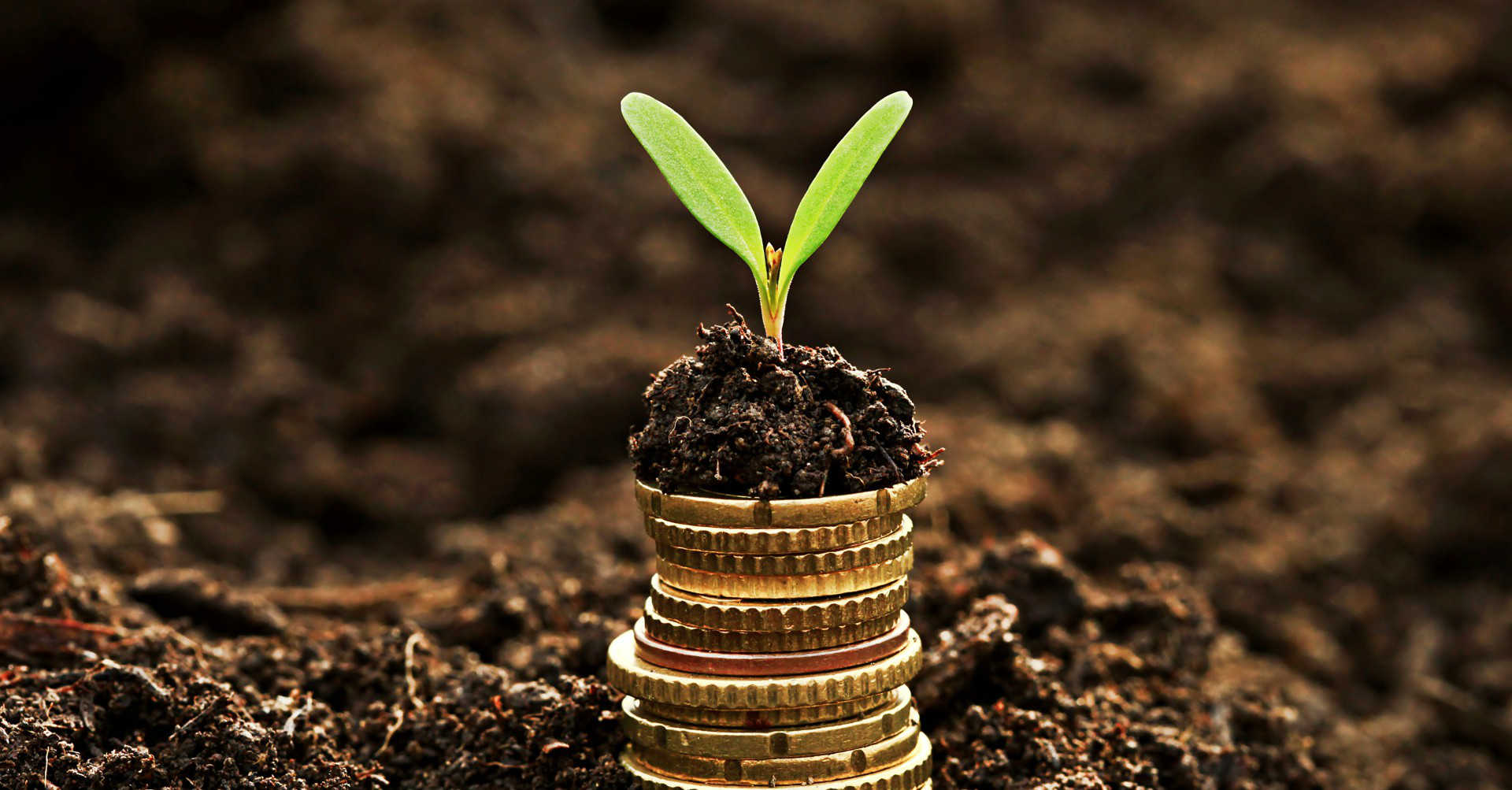What is compound interest? Compound interest is the interest you earn on the interest you’ve earned or the interest you are charged on top of the interest you are charged on a loan. In this way, it provides increasing growth on your invested capital the longer you keep it invested and it provides increasing interest on the money you owe, the longer it takes you to pay it back.
Compound interest delivers such impressive growth over time that even Einstein said, “Compound interest is the eighth wonder of the world. He who understands it, earns it ... he who doesn’t, pays it.”
For this reason, it is important that you understand how compounding works when you are investing or borrowing money.
How does it work? When you put your money in a savings or investment account with a financial institution, they will tell you what interest rate you will earn. This figure is quoted annually – for example, 10% per annum – but every month, you earn one twelfth of the annual interest rate. This means that your money grows by one twelfth of 10% each month, which means that the next month, you are earning interest on your capital plus the interest previously earned.
For instance, if you invest R1 000 at the beginning of a year at 10% annual interest, you might think that you would have R1 100 by the end of the year (10% of R1 000 is R100). But with the interest calculated monthly and then compounding, you will actually have earned R104.71 in interest so your total will be R1 104.71.
Similarly, if you have a debt, the interest and compound interest are calculated over the repayment term (for example 24 months) and you repay a portion of the outstanding debt each month.
What does it mean for me? While interest on interest can seem like a relatively insignificant amount, over the months and years it adds up, and can provide you with significant growth on your investment or additional costs to repay on a loan over time.
The benefits of compound interest on an investment are best illustrated by showing the figures. For example, if you start saving when you are twenty and invest R500 a month at a 10% interest rate, by the time you are 60, you will have invested R240 000, and earned R2 948 390.12 in interest, bringing your total capital to R3 188 390.12.
On the other hand, if you start saving when you are forty and invest R1 000 a month at a 10% interest rate, by the time you are 60, you will have invested R240 000, but only earned R525 696.91 in interest, bringing your total capital to R765 696.91. Although the person who started investing in their forties invested the same amount of money, the loss of the years spent earning compound interest means that the final returns were less than a third of what the person who started in their twenties earned.
On a loan, if you borrow R10 000 payable back over 14 months at a 15% interest rate, you will have to pay back R484.87 every month, until at the end of the term, you will have paid back R11 636.80. That’s R1 636.80 in interest. If, on the other hand, you borrow the same amount at the same interest rate, but pay it back over 12 months, you will pay R902.58 per month and at the end of the term, you will have paid back R10 831.00 – a difference in interest of R805.80.
Compound interest is the reason why it makes sense to start any investment – but most importantly your retirement planning – as early on as possible. And also why it is vital that you avoid debt or pay it back as soon as possible. As Einstein suggested, get compound interest working for you, not against you.


